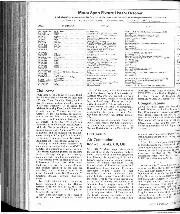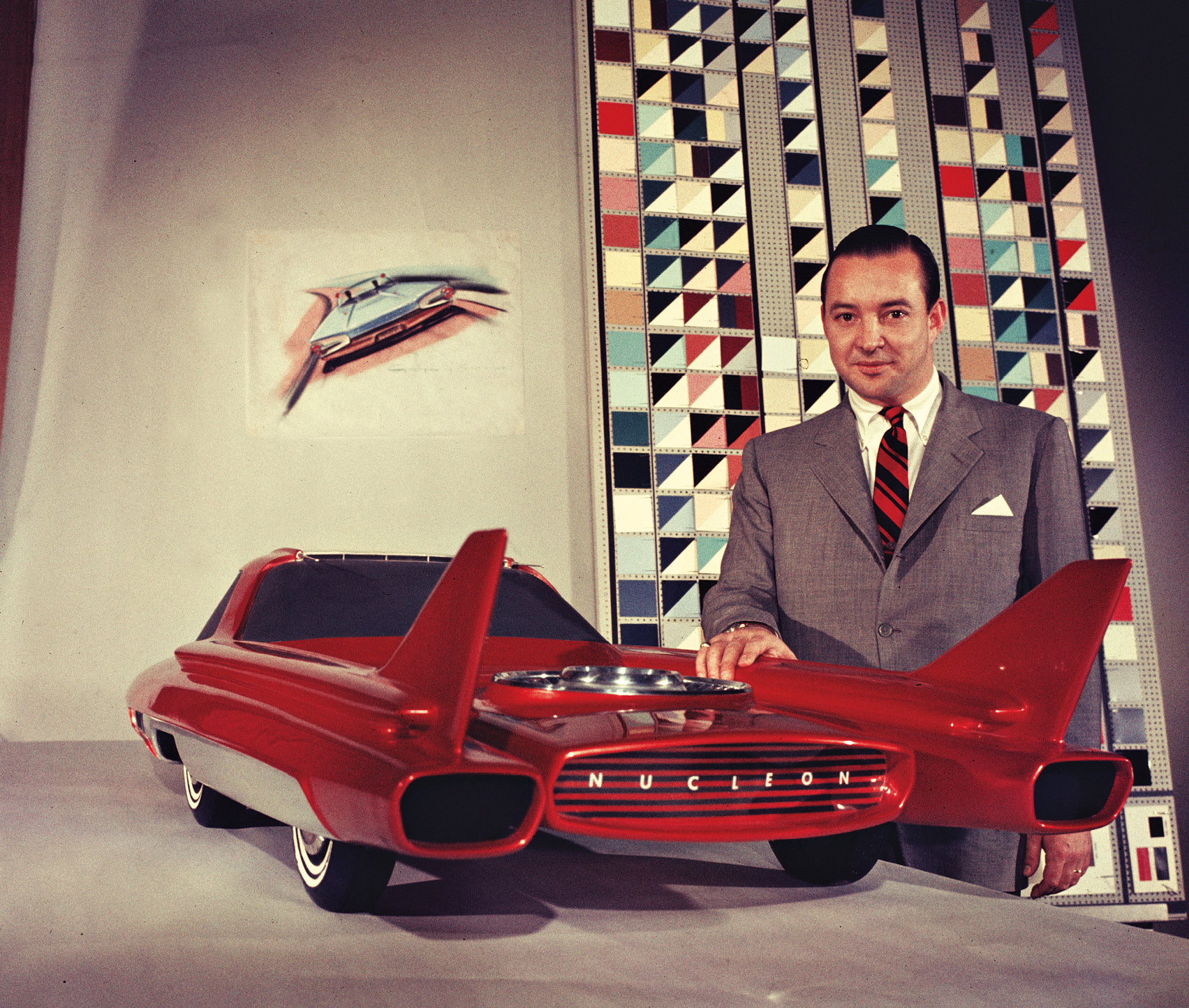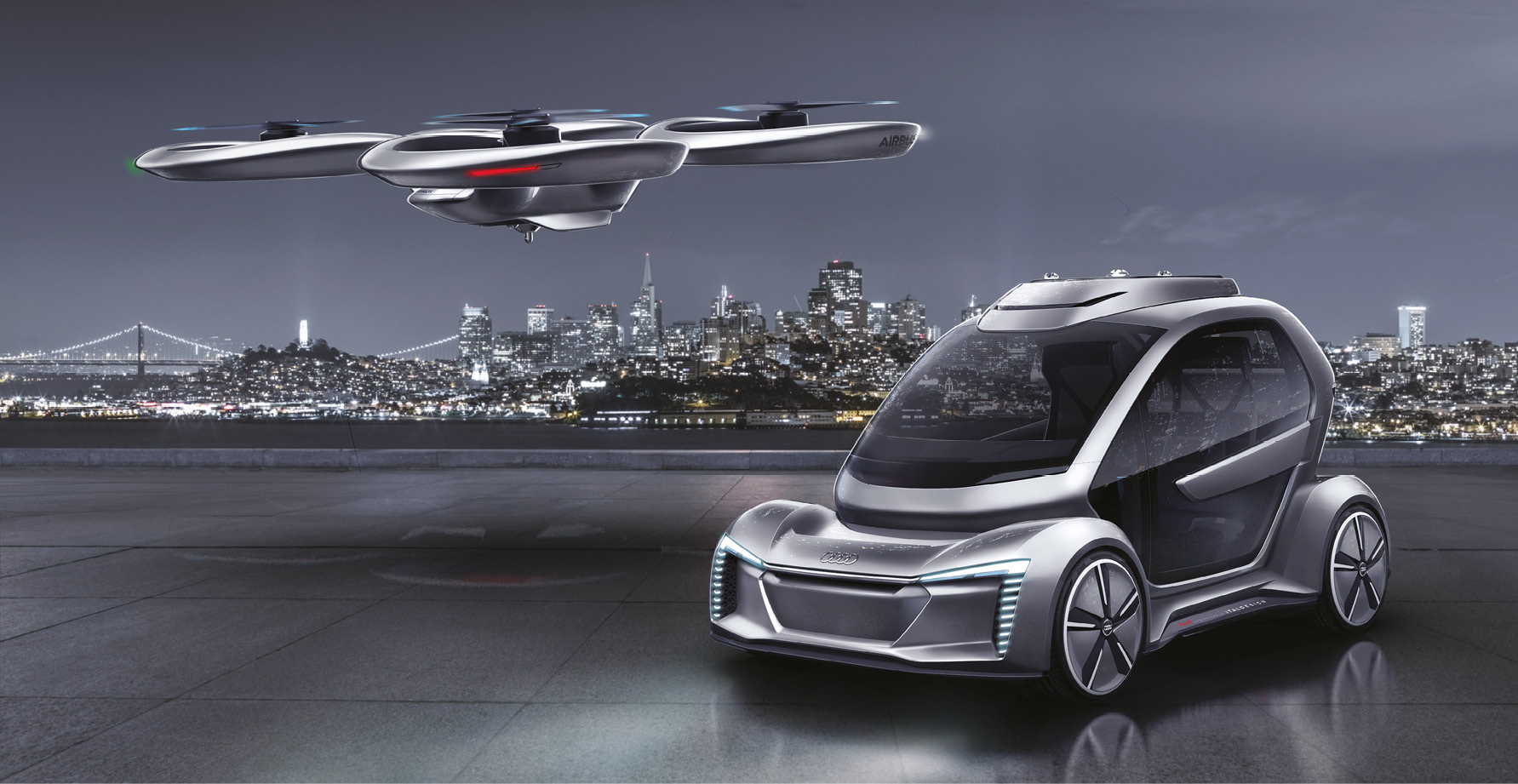
Obituaries
Air-Commodore Rodwell Banks, CB, OBE. We regret to have to report the death, at the age of 87, of Air-Commodore Rodwell Banks, who as one of 13 children progressed from learning his…
Nothing has changed the world like the car. Railways affected whole countries, but not your street; the internet altered world views, but you can’t see the web as you walk around. On that walk, though, you’re certain to see cars – the embodiment of technological consumerism. Now, after 130 years, the automobile is facing a major turning point; our roads are not going to be the same from here on.
That’s the theme of a major exhibition at London’s Victoria & Albert Museum, opening on November 23. “After years of progress the automobile industry is facing big questions,” says chief curator Brendan Cormier, “and no-one seems to know what the future will look like. Is it about electric power? Autonomous vehicles? Or alternative mobilities summoned by an app? We felt it was time to look in the rear-view mirror and try to understand what 130 years of the car has created.”
Titled Cars – Accelerating the Modern World, the exhibition is much wider than a history of the machine, Cormier says. “It’s about how a designed object sent out ripples of unintended consequence into
the wider world.”
By looking at objects as diverse as radios and even clothing, Cormier wants the exhibition’s 15 cars and 250 objects to illustrate how the concept of styling borrowed from science but turned into a marketing tool – “how a technical pursuit like streamlining became an aesthetic pursuit, an aesthetic of the future, suggesting progress and speed. It became applied to many things that belie its purpose. We have a streamlined 1930s meat-slicer in our collection – there’s no need for that to be streamlined, unless you’re going to throw it out of a window! But it shows the power of the automobile as a symbol of progress.”
Progress and the future form the show’s opening section, Going Fast – a gallery of illustrations, science fiction dreams, comics, cinema, and concept cars of the then-future, featuring the 1953 GM Firebird 1 – a grounded missile of wings and fins. “So often a car has been used to indicate the future,” says Cormier. “It’s a perfectly encapsulated object of progress.” Think of the Batmobile, Thunderbirds or Bladerunner for a perfect example of how a fantasy vehicle can be shorthand for a future world.

From there the exhibition switches to reality: Making More features the first practical car – and this really is the first. On display is the Science museum’s 1888 Benz Type 3 Motorwagen, the first model to be mass-produced (25 of them were built) and it is the world’s oldest motor car in broadly original form. (Even Car No1 in the Mercedes Museum was dismantled by Benz and reassembled later.) With the idea of speed implanted, the V&A team has selected the rear-engined Tatra T77 to explore streamlining on four wheels, and how it spilled over into a wider world of domestic appliances such as fridges and radios. There’s even a close-fitting 1920s lady’s cloche hat on display which borrows from the style of leather racing helmets – a streamlined fashion feature derived from sheer practicality: it’s less likely to blow off in an open car.
Naturally there’s a Model T on display, but chiefly to indicate another unexpected consequence: unable to undercut the ubiquitous Ford, rivals strove to make their products more desirable than the ageing T, and they did it by trying to transfer to their everyday offerings some of the elegance of the hand-crafted bodies found on luxury machines – there’s a Hispano-Suiza H6B to exemplify this. It was the beginning of ‘styling’ – a word designers loathe but which conveys that sense of making the external shape glamorous and appealing, even if what’s within is perfectly ordinary. It also sparked the idea of planned obsolescence, as GM began to upgrade its cars every year, with new colour palettes so that your existing car was suddenly out of date, even though it functioned perfectly well.
“The car industry pioneered that idea of styling,” says Cormier, “and it began in the 1920s with GM’s Art and Colour department. Once [automotive paint supplier] Duco introduced a wide range of quick-drying colours it spread to other domestic objects such as Corona typewriters. Or take the Kodak Brownie camera. It had been around for a while, but once they restyled it as the Beau Brownie, with fancy colours and patterns, it sold more.”
This is the core of the V&A show, that the car and its styling trends have affected a far wider sphere. “The narrative of modern design has been form over function – styling has always been important,” adds Cormier.
And the car has also sparked its own subcultures, as a video in this section illustrates, profiling South African spinners, California low-riders, Emirati dune racers, and Japanese truck drivers.
“Nucleon’s occupants would have needed 50 tons of lead to shield them from the radiation”
In the final section, Shaping Space, the exhibition looks at the other effects of automobilism – the huge impact that cars and roads have had worldwide, and how petroleum has gradually turned from a miracle resource to a pernicious substance damaging our world. Attempts to reduce consumption feature here with a 1950s Messerschmitt Kabinenroller three-wheeler as well as ideas for moving on from petrol via that other fuel of the future-past, nuclear power. Ford’s 1957 Nucleon envisaged a 5000-mile range before its compact nuclear powerpack had to be ‘refuelled’ by swapping for a new one. Luckily such a compact fusion plant did not exist so Ford’s concept was non-functional. Which is just as well as it has been calculated that the occupants would have needed 50 tons of lead to shield them from the resulting radiation…

Approaching the end of the show we too go back to the future – or at least our best guess as to what any future for cars might look like. Co-designed by Italdesign, Airbus and Audi, the Pop.Up Next returns us to the vision of a flying vehicle, which has occupied the thoughts of dreamers since before the car itself arrived. But now we have the technology to turn science fiction into fact: this aerial carriage involves a passenger pod which either rides on a wheeled chassis or hangs from a quad-copter unit. “We knew we needed a future car,” says Cormier, “and this conveniently combines four important strands – electric power, it’s self-driving, you call it up with an app instead of owning it, and it flies. So we end the show as we open it, with an imagined future”.
At a time when orders for electric cars have soared, it would be easy for the show to take a green stance and demonise petrol power; there’s little mention of biofuels or hydrogen, for instance, which might extend the life of the internal combustion engine further into our century. That’s not the approach, though; instead the museum aims to demonstrate the invisible as well as the visible effect that mass motoring has had on all of us over those 130 years. We can’t know if the Pop.Up Next is the future, of course; in 50 years there may another exhibition where viewers smile fondly at it, just as we do at Firebird 1 and Nucleon.
